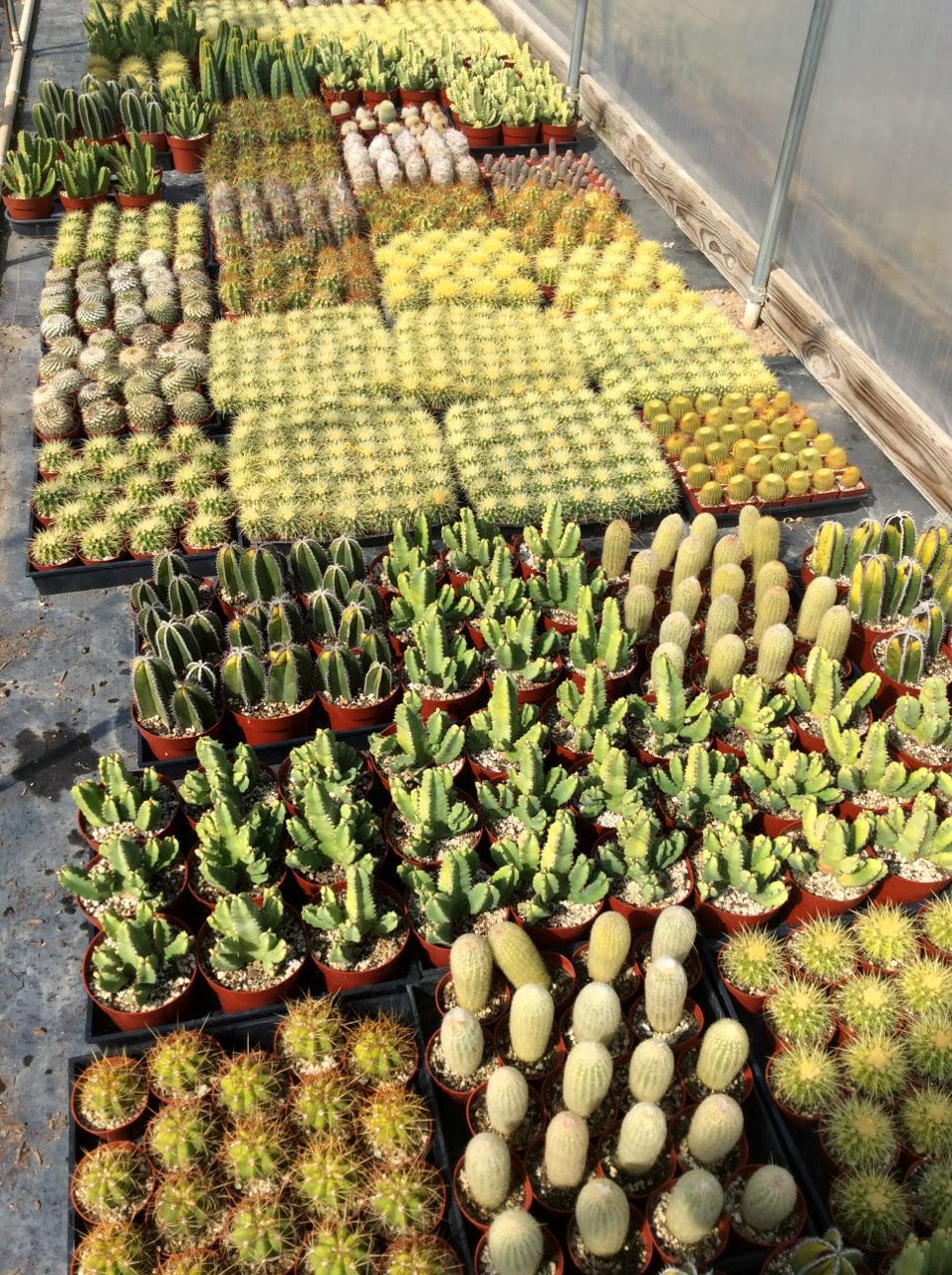Okay, the only purpose for all the pillows on a bed, is to cover up the messy, wrinkled pillows that you actually use at night. But rather than having a bunch of fussy pillows, I wanted some pillows that you could pile up to read at night. These pillows hide the interior pillow within an envelope pocket. They are easy to make, by following
this tutorial. But I didn't have a sheet that I liked, so I made my own "sheet" by adding a yellow pleat to some grey fabric (all the fabric is from my stash, so I'm not sure on the yardage, but just use the tutorial to get the approximate size).
1. Gather your supplies: fabric for your pillows (I think I had about 2-3 yards), and fabric for the contrasting strip, thread, sewing machine, pins/scissors, iron.
2. Cut your length of main pillow fabric (refer to the tutorial). I had one piece about 44 inches wide and 80 inches long. I then cut off a ten inch piece pillow length. So I had two pieces of pillow fabric: one that was about 44 inches wide and 70 inches long and another that was 44 inches wide and 10 inches long. (This will be later cut in half to make two pillows.)
3. Cut the contrasting fabric into 3 inch wide strips (of course you could do narrower if you want a slimmer pleat). Putting right sides together, sew the strips together so you have about a 44 inch long strip. Fold the strip in half length wise, wrong sides together, and press with your iron.
4. With right sides together, sew a strip on one edge of the narrow end of your pillow fabric.
5. Then sew the other pillow fabric piece onto the opposite side of contrasting fabric, right sides together. Press.
6. Now fold the contrasting fabric back together, wrong sides together. Should be using the fold that you ironed in step 3. And press towards the short ten inch piece of pillow fabric.
7. Now along the ten inch pillow fabric piece, fold it over 1/2 an inch and press.
 |
| On my ugly ironing board |
8. Fold it over another 1/2 inch and press. Now fold this in half (wrong sides together), so the double folded edge lines up with the seam of the contrasting fabric, covering the contrasting fabric. Pin into place. This part is going to be hidden so don't worry about it too much.
9. Now on the front, sew a top-stitch to secure all the layers. I sewed two to make it a bit more finished: one along the contrast, and one along the left about 1/4 an inch from the previous stitching.
That's it, now you have a piece with contrasting trim, that you can make the envelope pillows for, just follow
the instructions here.
Pin It

























































